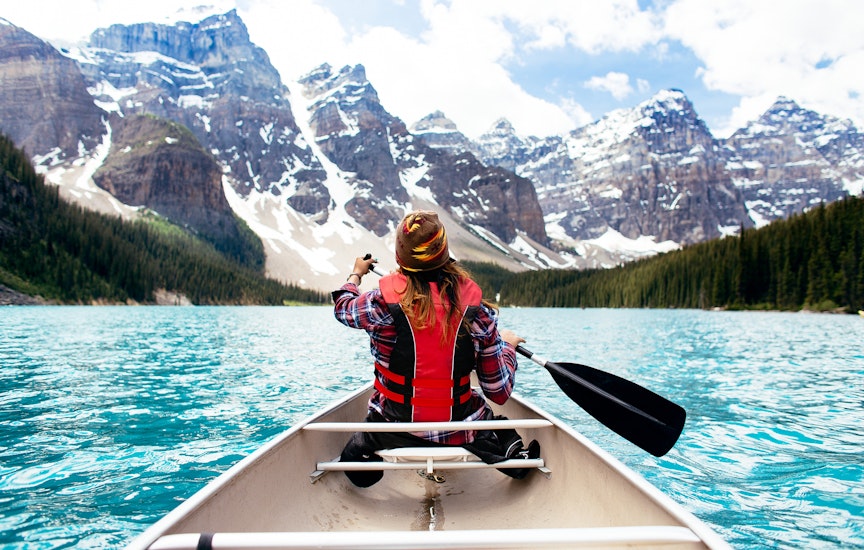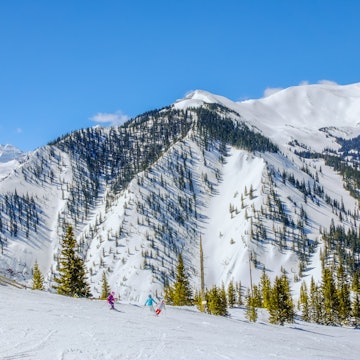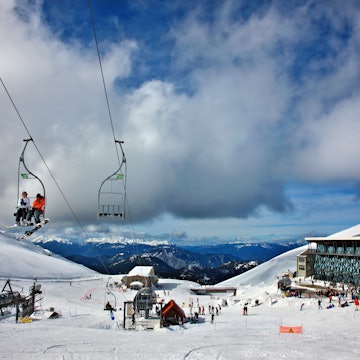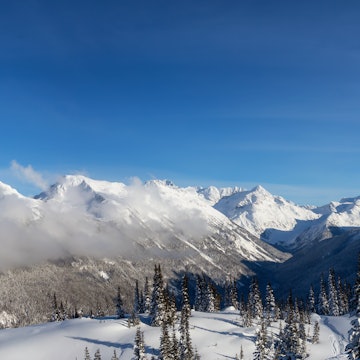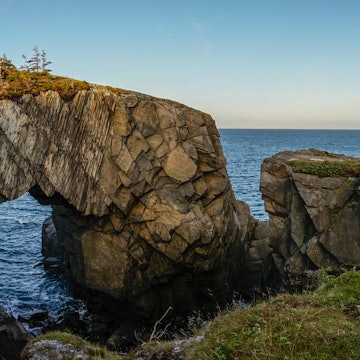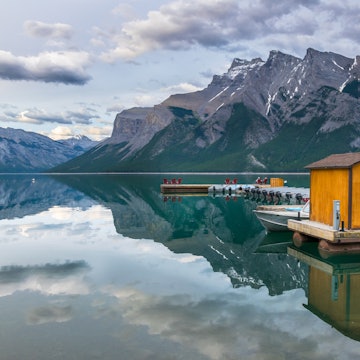
17 things you need to know before traveling to British Columbia

Jul 17, 2025 • 6 min read

Wells Gray Park. eFlexion/Shutterstock
17 things you need to know before traveling to British Columbia
With its laidback West Coast vibe and penchant for rugged back-to-nature adventure (skiing, surfing and mountain-biking all feature), British Columbia (BC) is sometimes touted as Canada’s California. It’s not an unfair comparison. There’s a hint of the Golden State about the nation’s most westerly province, although at 944,735 sq km, it’s more than twice the size of its US counterpart.
Known for its cultural diversity and earnest levels of politeness (which are extravagant even by Canadian standards), BC is the place that gave the world Greenpeace, heli-skiing, London fog tea and the actor Ryan Reynolds. Today, it is home to 202 distinct First Nations groups, North America’s largest ski resort and one of the world’s most livable cities (Vancouver).
As an immigrant from the UK, I have lived in BC since 2004 and, in 2025, I finally applied to become a Canadian citizen. Here are some of the things I’ve learned about my adopted province over the last two decades.

Pre-trip homework
1. BC is larger than France and Germany combined
To do it justice you’ll need more than just a week to explore. If you’re short on time, focus on one specific area – be it Vancouver Island, the Lower Mainland (which includes Vancouver) or the Okanagan Valley – and juggle your plans accordingly.
2. How many national parks are there?
BC has seven national parks, more than any other province or territory in Canada. Four of them are in the Rocky Mountains, including Yoho and Glacier, two of the oldest national parks in the world (established in 1886). Mt Revelstoke was added to the network in 1914 and Kootenay in 1920.
The newer parks in the west have been given the appellation “national park reserves,” meaning they are still subject to indigenous land claims. They consist of Pacific Rim on Vancouver Island, the Gulf Islands in the Strait of Georgia and Gwaii Haanas in the Haida Gwaii archipelago.
3. What about provincial parks?
BC has 644 provincial parks, several of them akin to national parks in terms of size and magnificence. Top of the list are Strathcona Park on Vancouver Island, Wells Gray Park in the Cariboo-Chilcotin region and Garibaldi Park between Squamish and Whistler.
4. Is there a sales tax?
Yes. British Columbia has a sales tax of 12%, made up of 5% federal tax (GST) and 7% provincial tax (PST). These amounts are added to displayed prices of goods at the point of sale. What you pay at the checkout won’t be the same as the price on the label.
Some goods are exempt from PST, including restaurant food and car fuel.
5. Remember your visa waiver
Most visitors need either a visa or a visa waiver (known as an ETA) if entering BC from outside Canada. Citizens of 53 countries qualify for an ETA. The document costs C$7, is valid for five years and can be filled out quickly online.
Citizens of the US don’t need a visa or an ETA.
6. It’s not Alberta
BC has a competitive if sometimes tetchy rivalry with its eastern neighbor.
In contrast to Alberta, BC has higher taxes and a higher cost of living. Politically it generally leans more liberal and enjoys a more diversified economy.
7. There are two time zones
Most of BC is in the Pacific Standard Time zone (UTC-8), but several small pockets in the east observe Mountain Standard Time (UTC-7). These include the towns of Golden, Creston, Cranbrook, Fernie, Fort St. John and Dawson Creek.

6. BC is mostly a car culture
Don’t expect the ubiquity of trains and private inter-city bus companies that you find in Europe, Asia and South America.
Gas (petrol) prices are cheaper than in Europe but slightly higher than they are in the US.
Etiquette
7. Understand indigenous people
Just under 6% of BC’s population identifies as indigenous, split between Inuit, Métis and First Nations people. The First Nations are further divided into 202 different groups ranging in size from around 20 people to over 5000. The largest group is the Cowichan on Vancouver Island. Between them, indigenous people here speak 36 languages.
8. Thank the driver as you get off the bus
Canada’s legendary politeness is on show on BC’s urban buses where it is customary to thank the driver when exiting the vehicle, even if it means shouting down the aisle to do so.
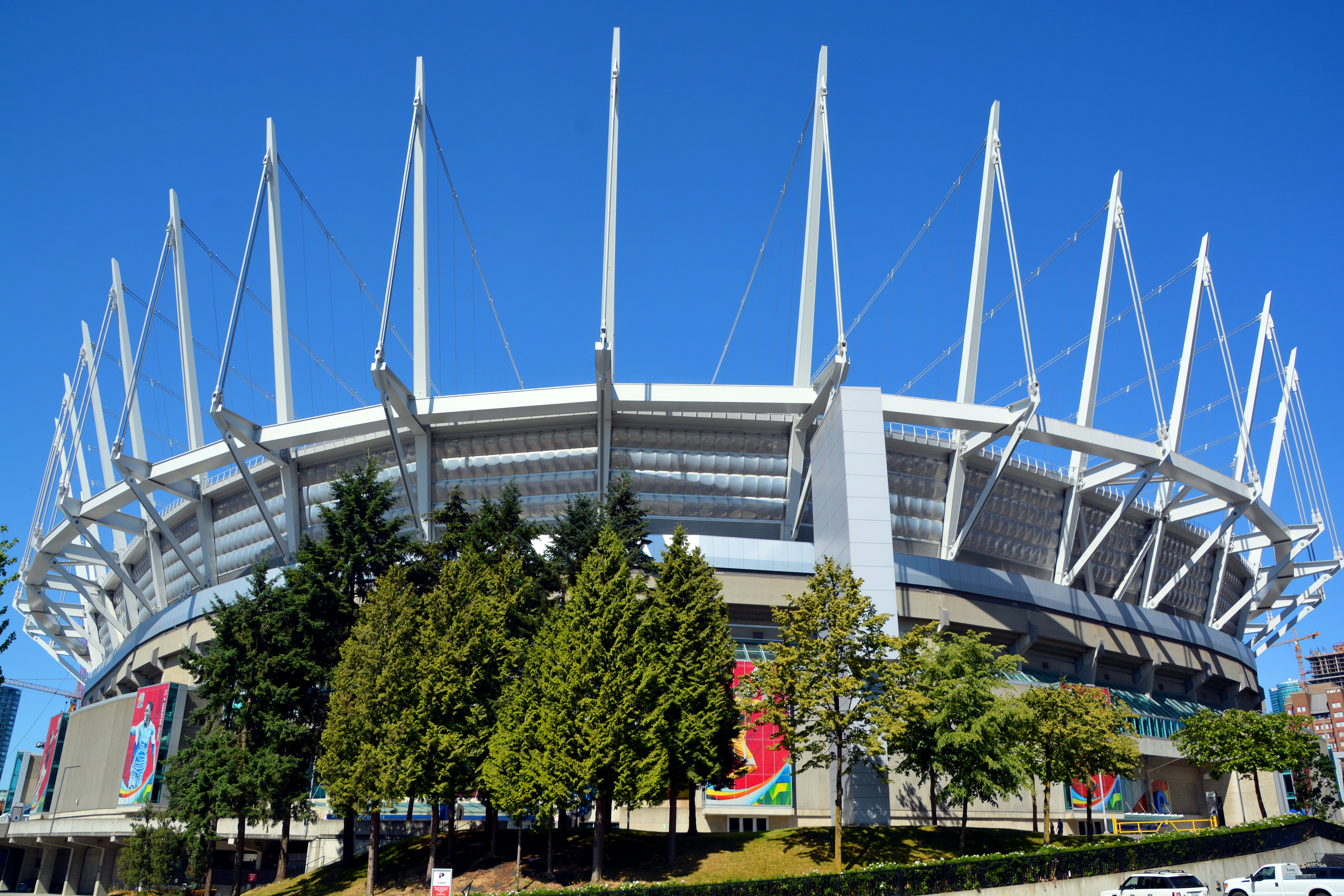
9. Wise up on soccer
Thanks to its favorable climate, soccer is played year-round in BC and is rapidly usurping football and hockey as the province’s most popular sport. The professional season runs from March to October. The main team, Vancouver Whitecaps, plays in North America’s Major League Soccer (MLS). Their home ground is the 54,500-capacity BC Place in downtown Vancouver, which they share with the BC Lions, the province’s main Canadian Football League (CFL) team.
Two additional BC soccer teams – Vancouver FC and Pacific FC – compete in the Canadian Premier League, a newer, lower-profile tournament.
10. Land acknowledgments
At public events in BC, it is common to hear land acknowledgements, which are short speeches that recognize the indigenous group or groups that originally occupied the land. In contrast to other parts of Canada, most of BC lies on unceded territory, meaning the First Nations never formally surrendered their land rights to the British Crown.
11. What is the legal drinking age?
You need to be 19 with ID to prove it to drink alcoholic beverages in bars and restaurants.
12. Is marijuana legal?
Yes, legal marijuana can be purchased from government-operated stores if you’re 19 or over. The public possession limit is 30g of dried cannabis.

13. Seek out sushi and other Asian food
Thanks to recent immigration patterns, BC harbors some of the best Asian food outside Asia, especially in Vancouver.
Sushi is perennially popular, and BC has adapted the food by creating its own version – the BC roll is a kind of sushi made with rice, barbecued salmon and cucumber.
Despite its name, the California roll (made with imitation crab, avocado and cucumber) has a valid Vancouver origin story courtesy of Japanese chef Hidekazu Tojo.
The city of Richmond, just south of Vancouver, is a haven for Chinese food including sublime steamed dumplings.
Safety
14. What’s the crime rate?
BC falls mid-table in the Canadian crime-rate rankings, with less crime than the territories but more than the eastern provinces. Internally, there are notable regional differences with Saanich being one of the safest cities in Canada, and Kelowna one of the most crime ridden.
All things considered, BC is a relatively safe destination to visit on a global scale, particularly when compared to many US states.

15. Bears and how to avoid them
Both black and grizzly bears are present in most parts of BC. If you are hiking in a rural area always ensure that you are equipped with bear spray and know how to use it.
To avoid unwanted ursine encounters, hike in groups, make lots of noise on the trail and never approach a bear.
There are an estimated 170,000 bears in BC (most of them black bears), yet fatal bear attacks are surprisingly rare (around one every five years).
16. Leave your hiking plans with a friend
BC’s population is only 5.5 million (significantly less than Switzerland) meaning that much of the province is wilderness with volatile weather, challenging natural obstacles and potentially dangerous fauna. Getting off the grid is easy. Surviving it untraumatized requires planning, backcountry knowledge and plenty of common sense.
When organizing a wilderness excursion, make sure you are properly equipped and have left your planned travel itinerary with a trusted friend or colleague. If in doubt, join an organized excursion.
17. Wildfires
Summer wildfires have become depressingly common in BC in recent years. You can find out the current danger levels on this useful government produced map.





